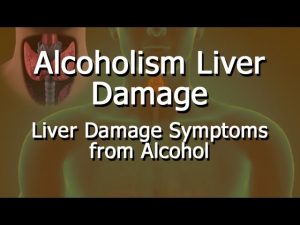The key male reproductive organs include the testes, epididymis, urethra, vas deferens, prostate gland, seminal vesicle, and penis. The testes are composed of coiled structures called seminiferous tubules, which are the sites of sperm production. The structure on top of the seminiferous tubules in the testes is the epididymis. The sperm migrate from of the seminiferous tubules to the epididymis. Within the epididymis, the sperm mature while they are stored in this structure. The ejaculation process begins as the penis fills with blood and becomes erect. With sufficient stimulation, mature sperm travel from the epididymis through the vas deferens, a muscular tube, which propels sperm forward through smooth muscle contractions. The sperm arrive first at the ampulla, where secretions from the seminal vesicle are added. From the ampulla, seminal fluid is propelled forward through the ejaculatory ducts toward the urethra, passing first by the prostate gland, where a milky fluid is added to form semen. Finally, the semen is ejaculated through the far end of the urethra. Ejaculation is the discharge of semen (normally containing sperm) from the male reproductory tract, usually accompanied by orgasm. It is the final stage and natural objective of male sexual stimulation, and an essential component of natural conception. In rare cases, ejaculation occurs because of prostatic disease. Ejaculation may also occur spontaneously during sleep (a nocturnal emission or “wet dream”). Anejaculation is the condition of being unable to ejaculate. Dysejaculation is an ejaculation that is painful or uncomfortable. A usual precursor to ejaculation is the sexual arousal of the male, leading to the erection of the penis, though not every arousal nor erection leads to ejaculation. Penile sexual stimulation during masturbation or vaginal, anal, oral, or non-penetrative sexual activity may provide the necessary stimulus for a man to achieve orgasm and ejaculation. With regard to intravaginal ejaculation latency time, men typically reach orgasm 5–7 minutes after the start of penile-vaginal intercourse, taking into account their desires and those of their partners, but 10 minutes is also a common intravaginal ejaculation latency time. A prolonged stimulation either through foreplay (kissing, petting and direct stimulation of erogenous zones before penetration during intercourse) or stroking (during masturbation) leads to an adequate amount of arousal and production of pre-ejaculatory fluid. While the presence of sperm in pre-ejaculatory fluid is thought to be rare, sperm from an earlier ejaculation, still present in the urethra, may be picked up by pre-ejaculatory fluid. In addition, infectious agents (including HIV) often can be present in pre-ejaculate. When a man has achieved a sufficient level of stimulation, the orgasm and ejaculation begins. At that point, under the control of the sympathetic nervous system, semen containing sperm is produced (emission). The semen is ejected through the urethra with rhythmic contractions. These rhythmic contractions are part of the male orgasm. They are generated by the bulbospongiosus and pubococcygeus muscles under the control of a spinal reflex at the level of the spinal nerves S2-4 via the pudendal nerve. The typical male orgasm lasts several seconds. The testes are where sperm are manufactured in the scrotum. The epididymis is a tortuously coiled structure topping the testis, and it receives immature sperm from the testis and stores it several days. When ejaculation occurs, sperm is forcefully expelled from the tail of the epididymis into the deferent duct. Sperm then travels through the deferent duct through up the spermatic cord into the pelvic cavity, over the ureter to the prostate behind the bladder. Here, the vas deferens joins with the seminal vesicle to form the ejaculatory duct, which passes through the prostate and empties into the urethra. When ejaculation occurs, rhythmic muscle movements propel the sperm forward. Semen, also known as seminal fluid, is an organic fluid that may contain spermatozoa. It is secreted by the gonads (sexual glands) and other sexual organs of male or hermaphroditic animals and can fertilize female ova. In humans, seminal fluid contains several components besides spermatozoa: proteolytic and other enzymes as well as fructose are elements of seminal fluid which promote the survival of spermatozoa, and provide a medium through which they can move or “swim”. Semen is produced and originates from the seminal vesicle, which is located in the pelvis. The process that results in the discharge of semen is called ejaculation. Semen is also a form of genetic material. In animals, semen has been collected for cryoconservation. Cryoconservation of animal genetic resources is a practice that calls for the collection of genetic material in efforts for conservation of a particular breed.
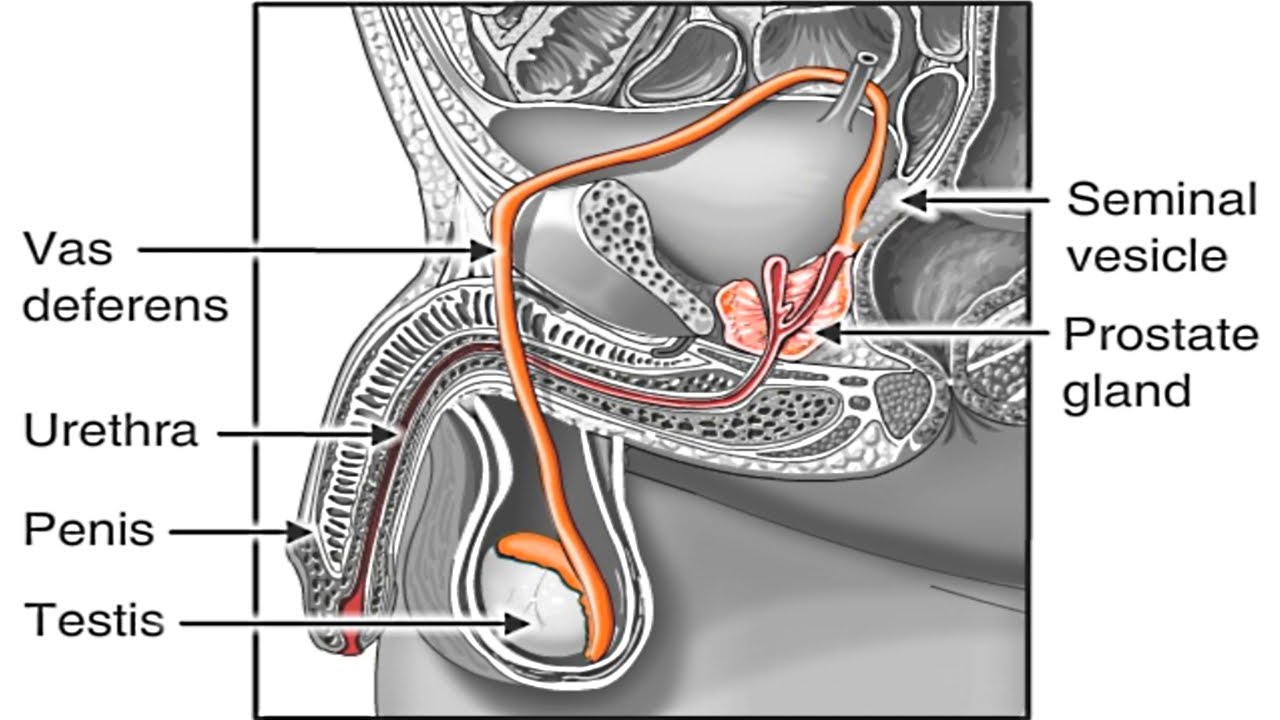
How Sperm Travels through Male Reproductive System Animation – Sperm Release Pathway -Function Video
- Post author:
- Post published:June 9, 2021
- Post comments:0 Comments
You Might Also Like

Post Surgery Video – 6
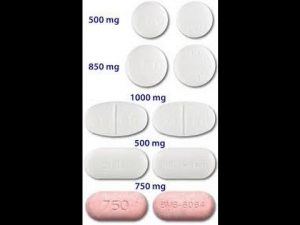
Metformin Dosage

Diazepam – Do’s and don’ts | Drugslab

How to Do a Dumbbell Biceps Curl | Arm Workout

Warm-up Before Push-Up Workout

Abdominal Exercises : Roman Chair Hyper-extension Abs Exercise

Exercise Anatomy Video – 3

Branched Chain Amino Acid Supplements (BCAA’s)

Protein Requirement For Bodybuilders

Breastfeeding: correct attachment

Medication Onset of Action & Peak Effect
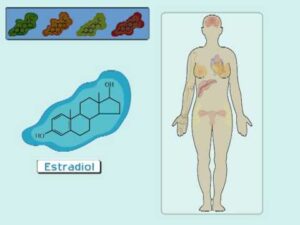
The Estrogen Receptor (I): Hormonal Mechanisms in the Body

Bowflex® Stretch | Leg Stretches for Flexibility

Lunge dumbbell row: upper back, triceps, lats & hamstrings workout with weights

Can You Use Minoxidil on Your Beard? | Eric Bandholz
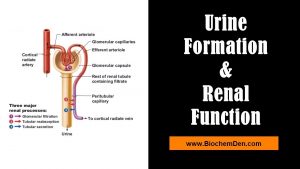
Basic mechanism of Urine formation & Renal Function

Spiking Insulin For Muscle Growth

I’m Having a Vitamin B Complex!! 2 of 2

How To: Superman Hyperextension

Triceps Pulley Extension-1

Lipotoxicity: How Saturated Fat Raises Blood Sugar

6 Packs Abs Video – 4

Medical Video Lecture: How to diagnose thyroid diseases quickly with T3,T4, TSH, TRH

TOP 5 WHEY PROTEIN Supplements 2015

The best and only licensed medicine for weight loss -orlistat

Opposing Muscle Group Supersets for muscle growth Gainz
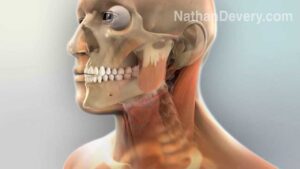
Human anatomy 3d animation

How To Build Bicep Muscle Fast – Bodybuilding Tips

ENDURANCE TECHNOLOGIES LTD. FOR LONG TERM INVESTMENT
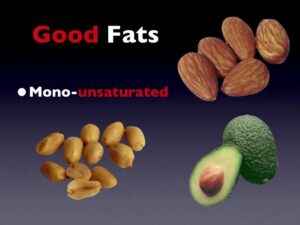
BAD FAT vs GOOD FAT – What Are YOU?

Paracetamol Overdose – Part One

Lose Thigh Fat in 2 weeks – Easy thigh exercise & workout to get slim legs

How To: Dumbbell Pull-Over

How to Do a Swiss Ball Seated Curl | Arm Workout

Metabolism, Anabolism, Catabolism – SCIENTIFIC VIEW | by Abhinav Tonk

TSA 9 Week Program Bench Progression
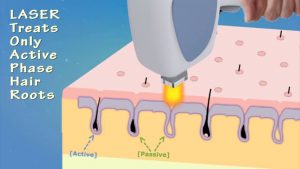
Hair Cycle / Skin Hair Cycle / Laser Hair Removal
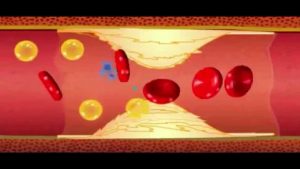
What is Heart Attack explained in Hindi by Dr. Vinod Sharma.
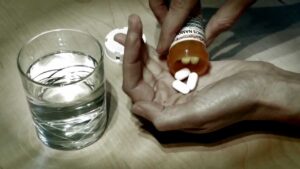
Sleep Medicine Video – 1

What is Whey Protein? (Protein Shake)

Spa Resort Video – 2
